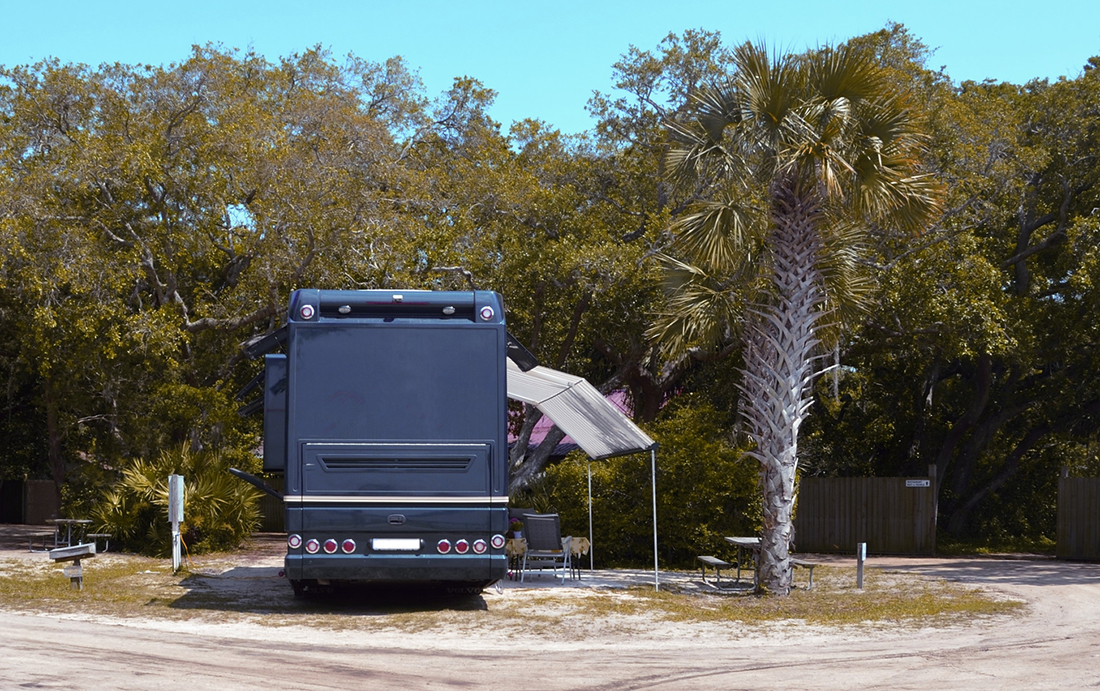RV Shore Power fundamentals.
Shore Power – 30 Amp/50 Am
Understanding RV shore power is essential to properly manage your electrical usage in camp. Motorhomes, depending on size, may be capable of using a 30-amp or a 50-amp service maximum. With adaptors, all will operate on a 15/20 amp, albeit a minimum service.
There are three basic service sizes provided in campgrounds in North America.
• 15/20 Amp Duplex will provide 15/20 amps at 120 volts or about 1,800/2400 watts of power
• 30 Amp RV receptacle will provide 30 amps at 120 volts or about 3,600 watts of power
• 50 Amp RV receptacle will provide 50 amps at 240 volts or 100 amps of 120 volts or about 12,000 watts
You will notice that going from a 30 amp to a 50 amp increases the available power by 333%. That’s over three times more power. This is due to the 50 amp service has four contacts. These are ground, neutral and two 120 volt hot lines. Providing these two hot lines, L1 and L2 are out of phase, they will deliver 240 volts when used on a 240 appliance, like a dryer. Though the out of phase 240 service is the standard used in 50 amp campground pedestals, a cheater 50 amp can be encountered in some camps. This is two 50 amp hot lines both off the same bus in phase. Both standard and the cheater 50 amp service are capable of delivering 100 amps at 120 volts, but the latter cannot deliver any 240 volt power. Many larger motorhomes are equipped with 240 volt clothes dryers.
RV Shore Power — Managing the Juice
Some motorhomes come with an EMS (Electrical Management System) that automatically shuts down specific loads should the demand exceed the available power. They restart those loads once ample power is once again available. This feature relies on being enabled and set at the selected power service. These work quite well with the possible exception of the 50 amp mode. Unfortunately there are some EMS products that sample from only one side of the split 50 amp hot lines. Therefore it has a tendency to reduce power in some cases where, in fact, no such reduction is necessary.
I used 120 and 240 volts as the standard input. In reality these can vary from 110 to 125/220-250 volts or so, depending on the resistance and other local power factors. Keep in mind, any change in voltage has an equal effect on the wattage output.
Generally the circuit breaker for the RV shore power is located at the pedestal you plug into. Be sure to switch it off for plugging in or disconnecting the shore power cord.
So, get plugged in and sit back and enjoy.
Peter Mercer – Keeping You Plugged In
